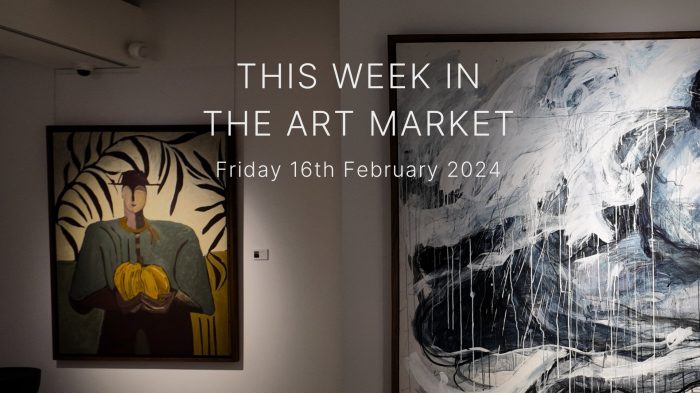What differentiates Art and Design is a topic of debate that has drawn boundary lines over time. Fundamentally, both artists and designers produce visual works, so how does Art distinguish itself from Design?
Consider this: “Design is a solution to a problem. Art is a question to a problem.” (John Maeda, Designer-technologist)
Why Create?
Perhaps the most obvious difference between Art and Design lies in the intended purpose for creating the work.
By nature of work, designers are often first challenged with a task to create a work or come up with a solution to communicate a message, an image, an idea or an action. Designers create successful works by motivating consumers to act upon an effective message – from purchasing products and services to being aware of a brand.
On the other hand, artists create works as an expression of their imagination and skill, to be appreciated for its power of emotion. Artists often start with a strong opinion, a burning question, or an emotional reason to create works of art so that others may relate to a situation or reality. The artworks – the by-product – allow audiences to identify with and be inspired, creating an emotional connection between artist and viewer.
Therefore, “good art inspires, good design motivates.” (Oti Aicher, Graphic Designer)
How Do You Respond?
When looking at a piece of work, do you respond to it with almost immediate understanding of the message, or do you take some time to digest its intended meaning so that you are able to interpret what you see?
Typically, most of us would agree that Art allows us to interpret and discuss what an artwork is and why it was created. Consider a famous example, Leonardo da Vinci’s Mona Lisa, many of us wonder why it was painted, what Mona Lisa or da Vinci could have been thinking, or whether she was even smiling? These are open-ended questions that do not have a definite answer.
Design is conceptualised through ideas and solutions, usually due to problems that people may not even be aware they have. It could be an advertisement on insuring the safety of your loved ones, or a building to fit a new site, or a new software service that needs to be engineered for a need in the market. As viewers, design is a practical punchline that allows us to effectively understand a solution created for the needs and demands of the market.
Nature vs. Nurture
When it comes to Art, techniques and applications are ways of creating that can be taught and mastered to a certain degree. Nonetheless, artists often built by their environment growing up. Their talent for aesthetics is coupled with strong imagination and emotional opinions that have been fostered through creativity over a lifetime. They develop artworks according to their personal experiences, growth and phases of life.
In today’s technologically advanced design world, Design is largely a skill that can be learnt. Where design applies in projects, you qualify as a designer simply by achieving the objectives of design, “you do not have to be a great artist to be a great designer.”
If you are looking to invest in quality fine art that can identify with, interpret and admire, speak with the team at Asia’s leading art investment specialists, Art Works Singapore.
With works starting from as little as $5,000, investing in art could bring you annual leasing income and excellent capital growth opportunities. Art can serve you as an excellent way to diversify your investment portfolio. Find out more by getting in touch with Art Works today.








